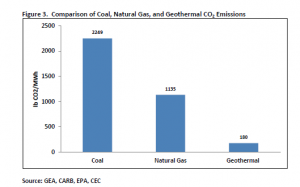September 18
The Top 10 Reasons Why EPA’s Powerplant Rule is like Obamacare
Some questions we will look at in class
Revised
We begin the analysis of EPA’s approach to regulating carbon from new and existing power plants. We are going to review the regulatory impact analysis for the proposed rules. This is a long and complex report. You need to skim it to get an idea of how it is organized. We will read the executive summary closely for class. Dip into the report as necessary to make sure you understand what is in the summary. This document, and the supporting regs, are the core of the Obama GHG strategy.
Regulatory Impact Analysis for the Proposed Carbon Pollution Guidelines for Existing Power Plants and Emission Standards for Modified and Reconstructed Power Plants – base case is Table 3-2.
The Impact of One Gallon of Gasoline
It seems impossible that a gallon of gasoline, which weighs about 6.3 pounds, could produce 20 pounds of carbon dioxide (CO2) when burned. However, most of the weight of the CO2 doesn’t come from the gasoline itself, but the oxygen in the air.
When gasoline burns, the carbon and hydrogen separate. The hydrogen combines with oxygen to form water (H2O), and carbon combines with oxygen to form carbon dioxide (CO2).
 A carbon atom has a weight of 12, and each oxygen atom has a weight of 16, giving each single molecule of CO2 an atomic weight of 44 (12 from carbon and 32 from oxygen).
A carbon atom has a weight of 12, and each oxygen atom has a weight of 16, giving each single molecule of CO2 an atomic weight of 44 (12 from carbon and 32 from oxygen).
Therefore, to calculate the amount of CO2 produced from a gallon of gasoline, the weight of the carbon in the gasoline is multiplied by 44/12 or 3.7.
Since gasoline is about 87% carbon and 13% hydrogen by weight, the carbon in a gallon of gasoline weighs 5.5 pounds (6.3 lbs. x .87).
We can then multiply the weight of the carbon (5.5 pounds) by 3.7, which equals 20 pounds of CO2!
20,000 miles a year at 20 mpg = 1000 gallons = 10 tons of CO2
